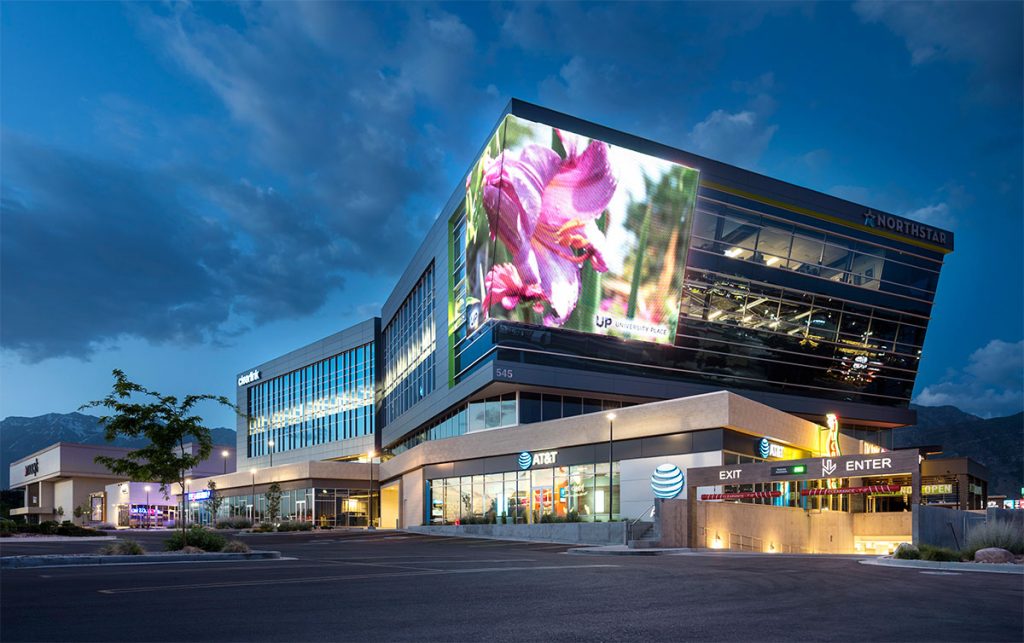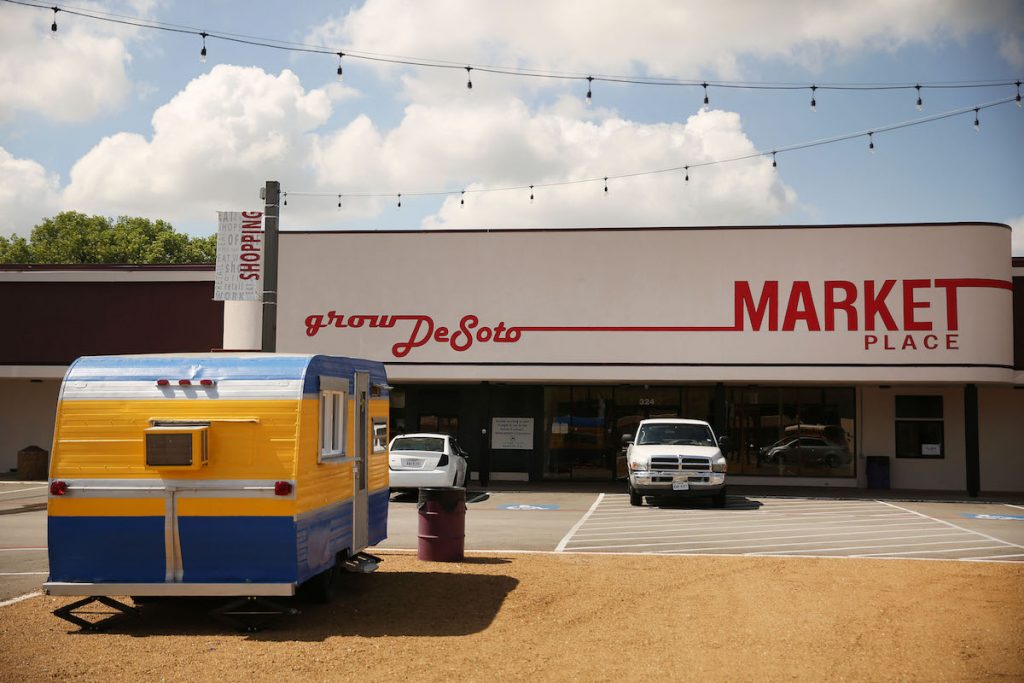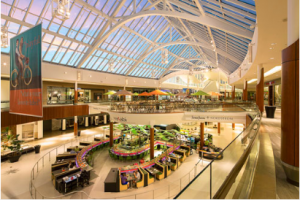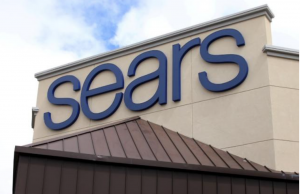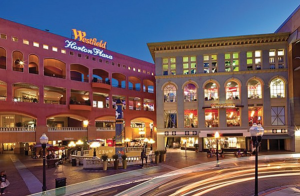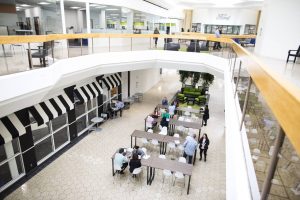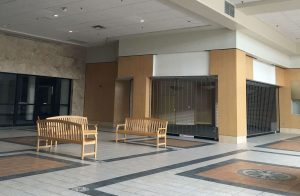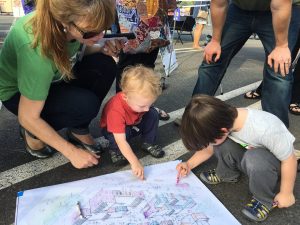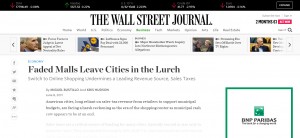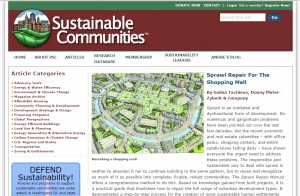Regency Square Mall, which opened in 1975 in Richmond, Virginia, is undergoing what’s called a suburban retrofit, a term used for taking aging malls, office parks and other suburban properties and transforming them into more sustainable, urban and mixed-use developments.
Robert Gibbs, president of Gibbs Planning Group and author of the book “Principles of Urban Retail Planning and Development,” says Regency Square’s strategy may prove successful.
“I have seen those kinds of conversions work,” Gibbs says. “It’s when they turn the mall inside out and put the internal stores on the street.”
As department stores like Macy’s and Sears continue to struggle, Gibbs says the future is grim for the majority of America’s suburban malls.
“There’s about 2,000 of them, and we estimate that about 1,500 of them will close in the next five years, and that’s because they’re depending on department stores to stay open,” Gibbs says. “Without the department stores, it’s really hard to get people to go inside the mall.”
That said, Gibbs says malls in good locations can “right-size,” reducing their retail square footage and bringing in housing, entertainment and office space to create a walkable development where people can live, work and enjoy themselves.
